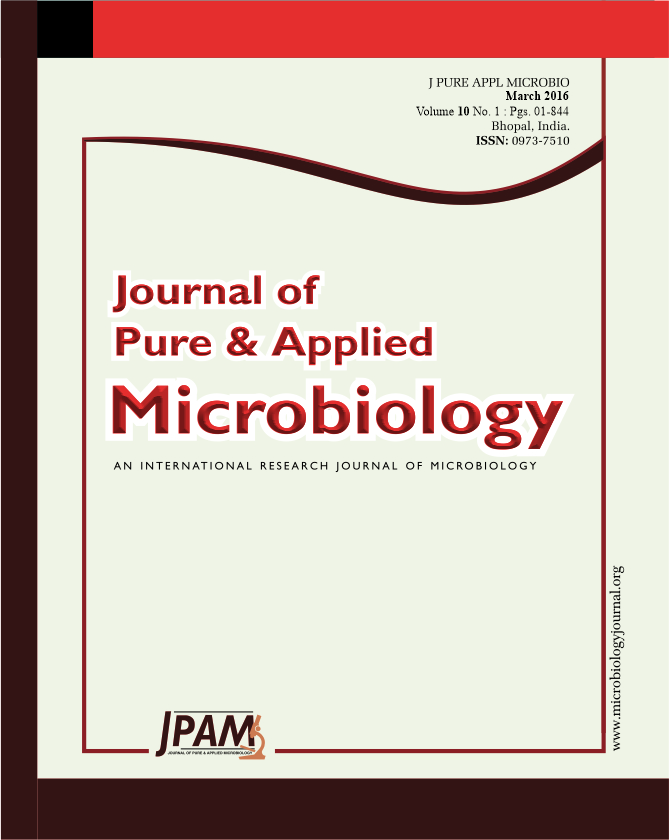Some novel approaches have been developed to overcome pollution with the toxic heavy metals as alternatives to physical methods. In this study, bacterial bioremediation using four different recently isolated Aeromonas strains, A. salmonicida, A. piscicola, A. hydrophila, and Aeromonas sp., was applied to overcome pollution with copper sulphate, cadmium sulphate, arsenic oxychloride, and vanadium pentoxide. Aeromonas isolates have been identified by partial sequencing of the 16S rDNA (approx. 1000bp) and subjected to phylogenetic analysis. Aeromonas strains are strongly resistant to high concentration (15mg/l) of the heavy metals under test, Cu, Cd, As and V, with different degrees. Aeromonas sp. strain E4 is less resistant to As and V. Its maximum resistance was till 8 and 10 mg/l to As and V, respectively. Aeromonas salmonicida was capable to remove 90.5%, 49.3% and around 36.7% of 15 mg/l Cu, As, and V solutions, respectively, in a contact time of 4 h under shaking conditions. On the other hand, Aeromonas sp. was promising in removing 86% of Cd solution under the same conditions. Besides, 81.3% of 15 mg/l Cd solution was efficiently removed by Aeromonas hydrophila.
Aeromonas; Cu; Cd; As; V; Biophysical remediation.
© The Author(s) 2016. Open Access. This article is distributed under the terms of the Creative Commons Attribution 4.0 International License which permits unrestricted use, sharing, distribution, and reproduction in any medium, provided you give appropriate credit to the original author(s) and the source, provide a link to the Creative Commons license, and indicate if changes were made.


